Driveway Culvert Repair Benefits
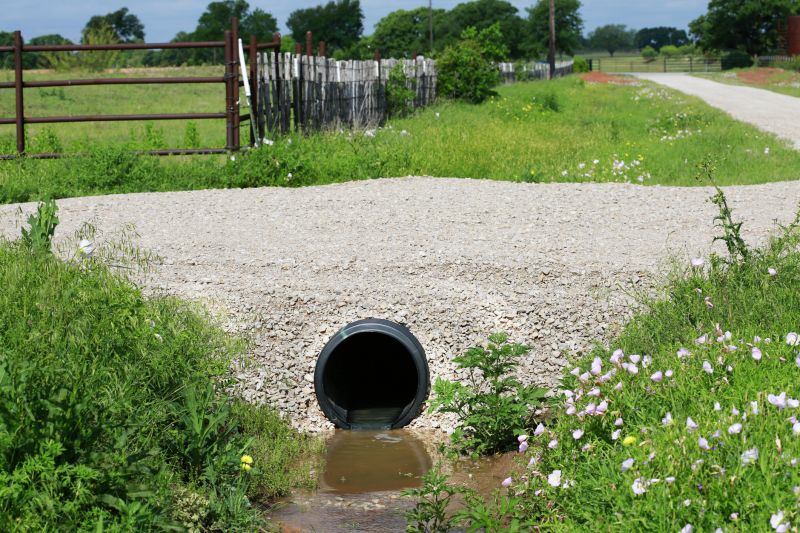
Spring offers favorable weather for driveway culvert repairs, with moderate temperatures and lower precipitation levels.
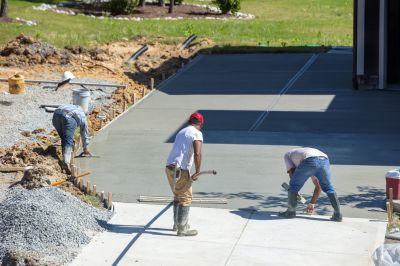
Summer provides longer daylight hours and dry conditions, ideal for completing repairs efficiently.

Fall allows for repairs before winter, preventing damage caused by snow and ice accumulation.
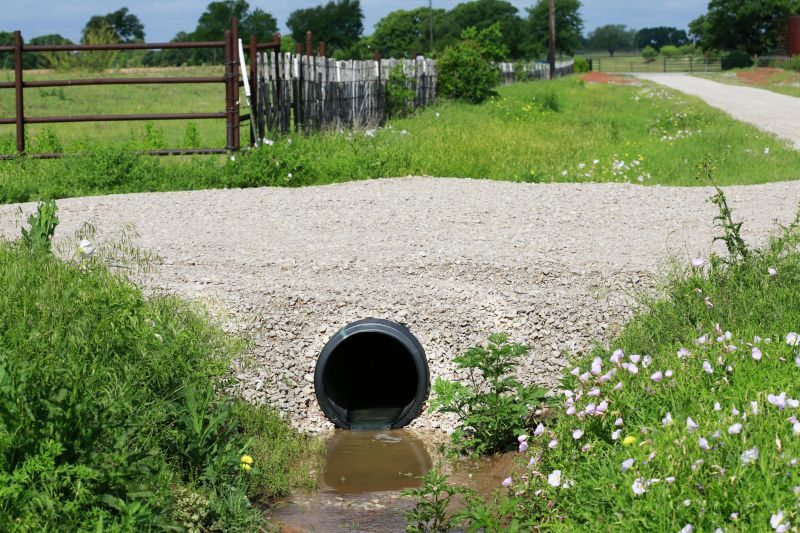
Ways to make Driveway Culvert Repairs work in tight or awkward layouts.
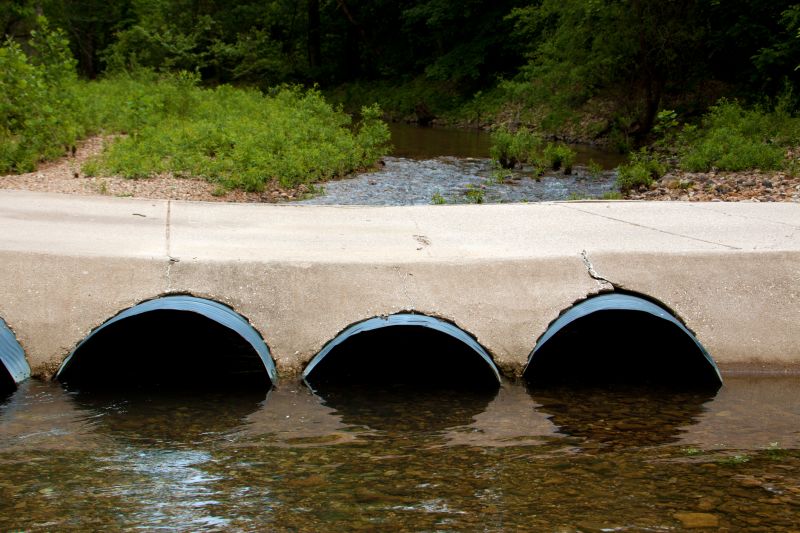
Popular materials for Driveway Culvert Repairs and why they hold up over time.

Simple add-ons that improve Driveway Culvert Repairs without blowing the budget.
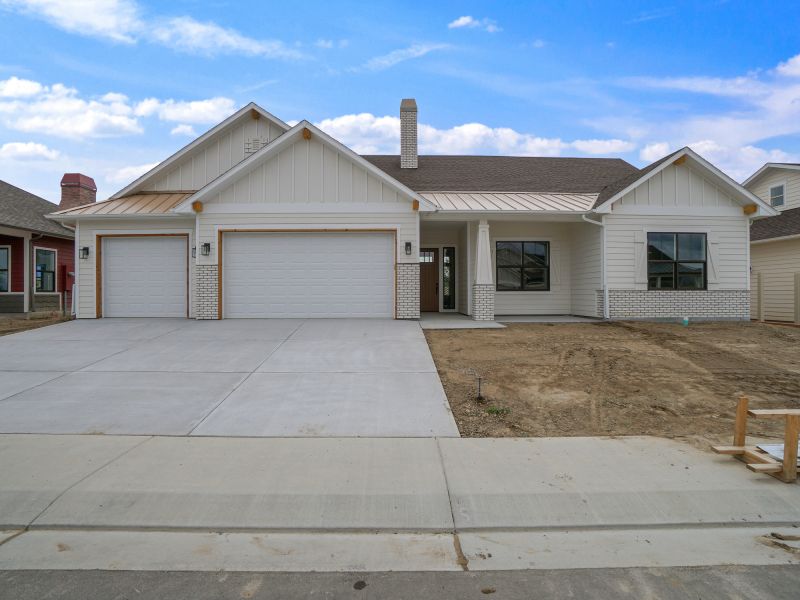
High-end options that actually feel worth it for Driveway Culvert Repairs.

Finishes and colors that play nicely with Driveway Culvert Repairs.
Driveway culvert repairs are essential for maintaining proper drainage and preventing water accumulation that can lead to driveway erosion or collapse. Properly functioning culverts ensure that water flows smoothly beneath the driveway, reducing the risk of flooding and structural damage. Timely repairs can extend the lifespan of a driveway and minimize costly future repairs.
Statistics indicate that over 60% of driveway damages related to poor drainage are preventable with regular inspections and maintenance. Repairing culverts during optimal weather conditions reduces project delays and improves safety for workers. Planning repairs during suitable seasons can also result in cost savings, as weather-related disruptions are minimized.

Addressing damaged culverts restores proper water flow and prevents driveway erosion.
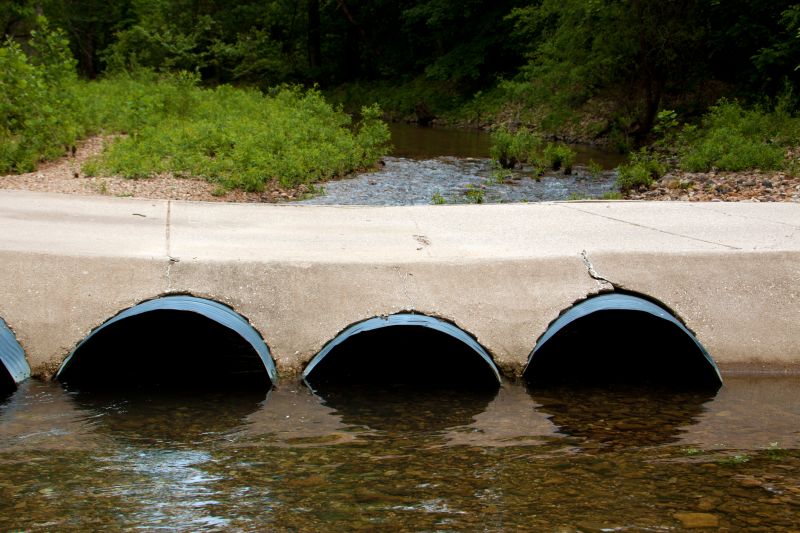
Upgrading outdated culverts enhances durability and drainage capacity.

Removing debris ensures unobstructed water flow and reduces risk of flooding.

Strengthening driveway edges supports culvert integrity and prevents collapse.
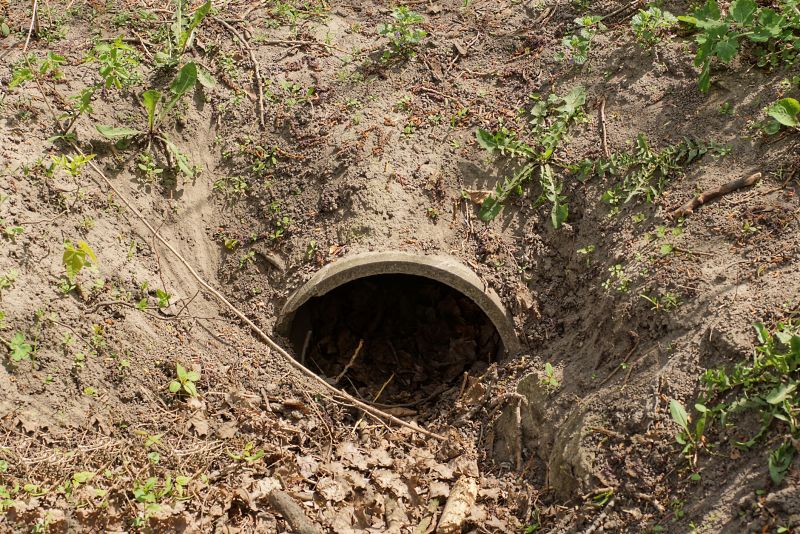
Little measurements that prevent headaches on Driveway Culvert Repairs day.
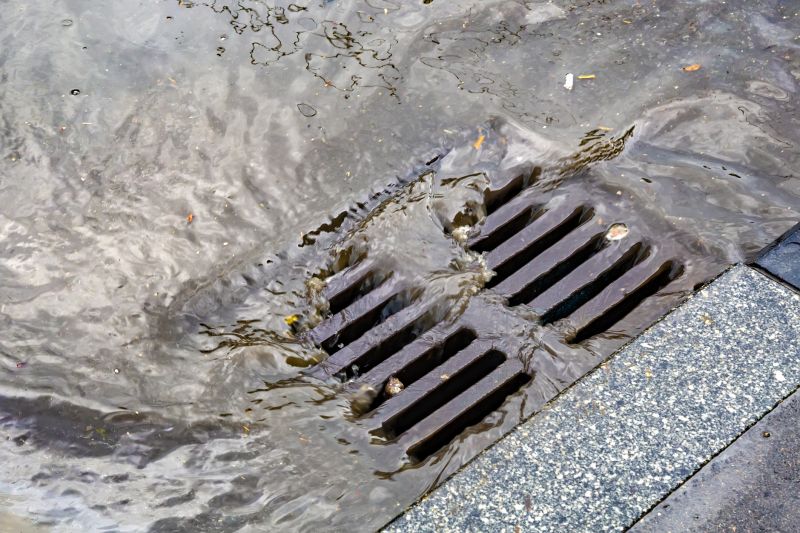
A 60-second routine that keeps Driveway Culvert Repairs looking new.
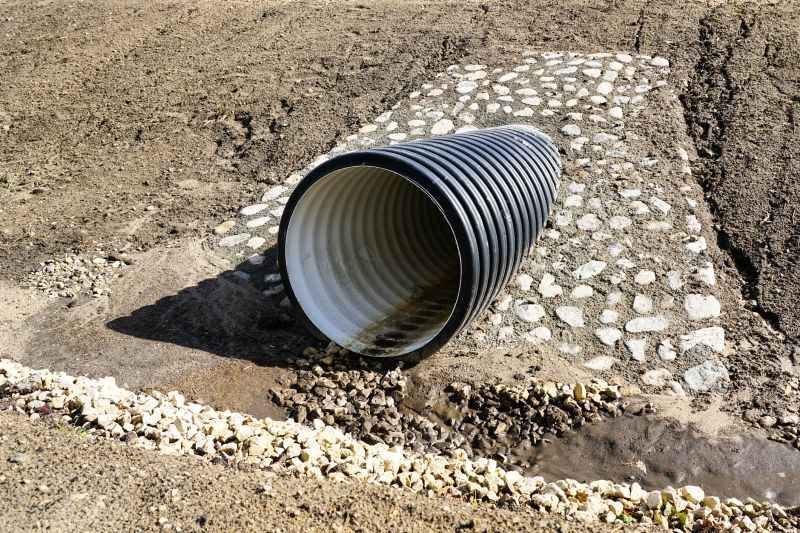
A frequent mistake in Driveway Culvert Repairs and how to dodge it.

Small tweaks to make Driveway Culvert Repairs safer and easier to use.
| Season | Ideal Conditions |
|---|---|
| Spring | Moderate temperatures and minimal rain |
| Summer | Dry and warm weather, long days |
| Fall | Cooler temperatures, before winter |
| Winter | Not recommended due to cold and potential snow |
Choosing the right season for driveway culvert repairs depends on local climate and weather patterns. Spring and fall generally offer the most suitable conditions, with moderate temperatures and reduced precipitation. Summer can be advantageous for longer working hours, but dry conditions are essential. Winter repairs are typically avoided due to harsh weather and the risk of ice formation.
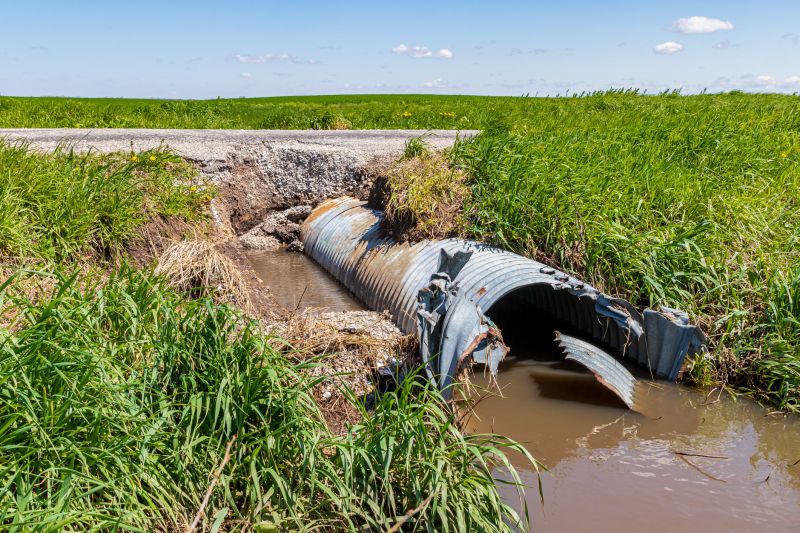
A culvert showing signs of deterioration that requires repair.
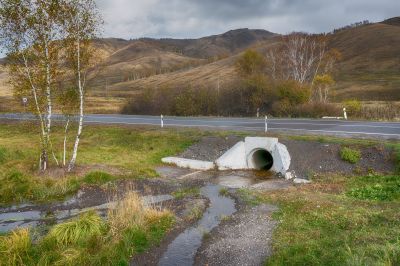
A newly installed culvert functioning properly beneath a driveway.
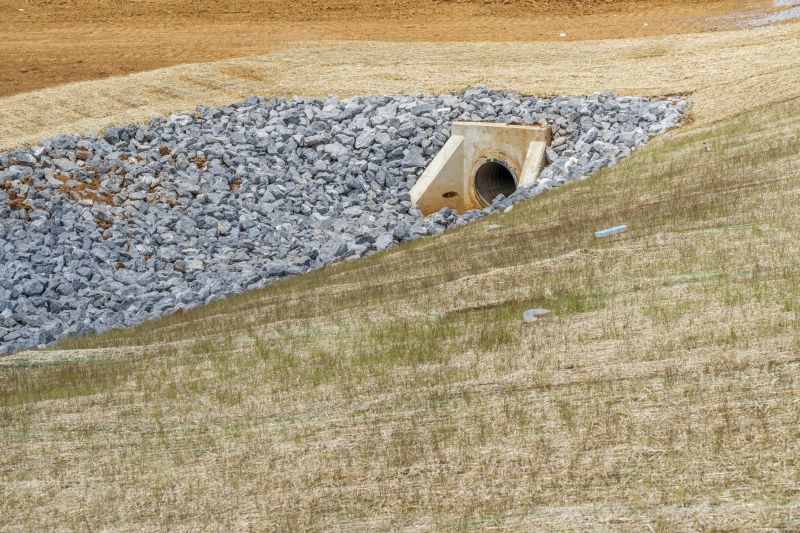
Accumulated debris causing water backup and driveway damage.

Properly repaired culvert allowing water to drain effectively.
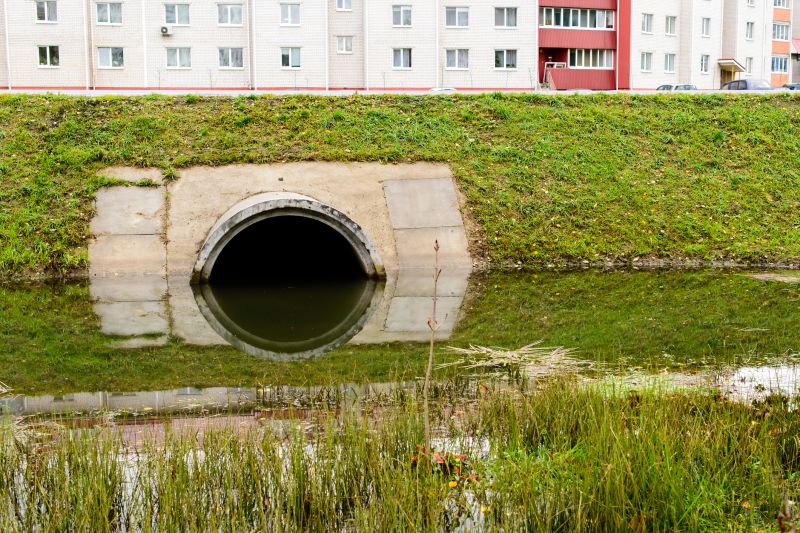
Lower-waste or water-saving choices for Driveway Culvert Repairs.
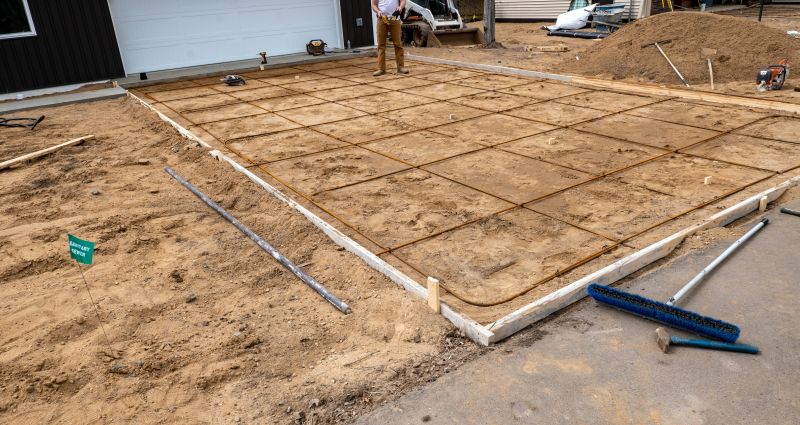
The short, realistic tool list for quality Driveway Culvert Repairs.
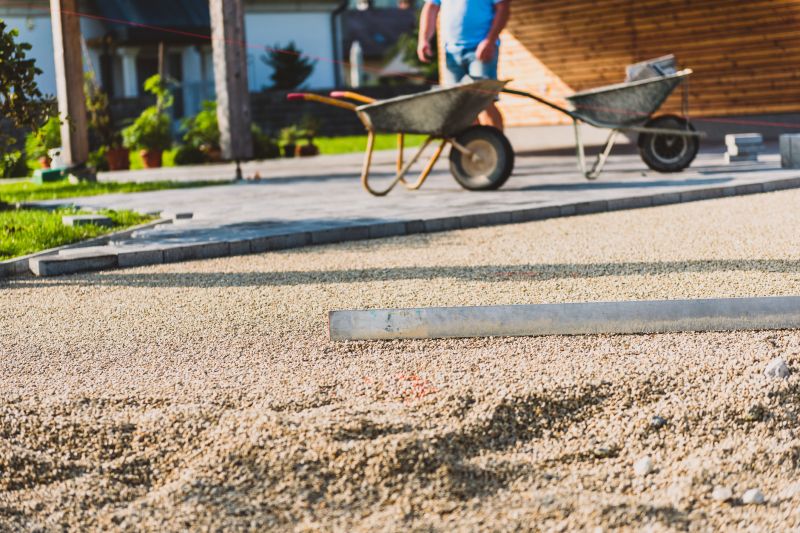
Rough timing from prep to clean-up for Driveway Culvert Repairs.

Quick checks and paperwork to keep after Driveway Culvert Repairs.
Effective driveway culvert repairs can significantly reduce water-related damages. Regular inspections help identify issues early, preventing costly repairs and driveway failure. Properly timed repairs ensure minimal disruption and extend the lifespan of the driveway structure.
Interested in driveway culvert repairs? Filling out the contact form can provide further information and assistance tailored to specific needs.
Examples that show the impact a good Driveway Culvert Repairs can make.
Ways to make Driveway Culvert Repairs work in tight or awkward layouts.
Ways to make Driveway Culvert Repairs work in tight or awkward layouts.



